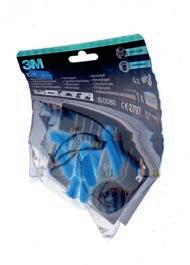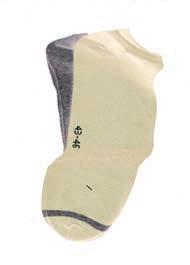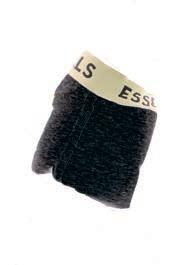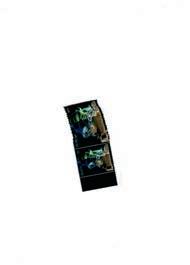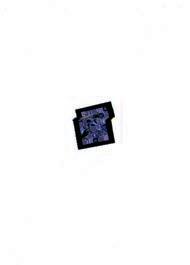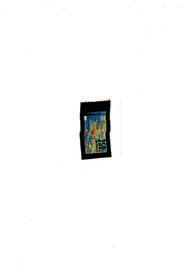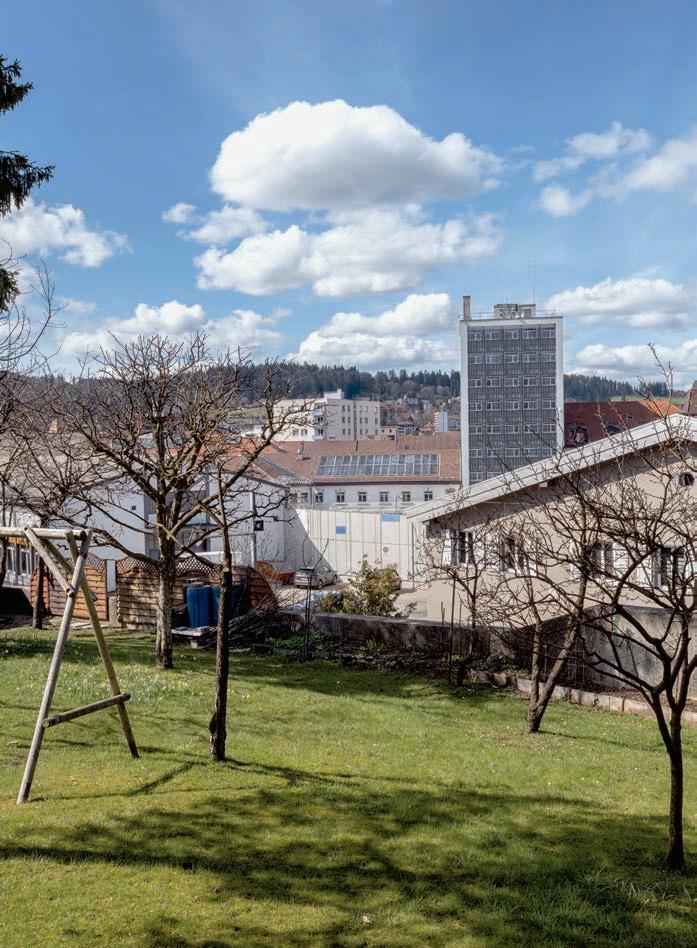
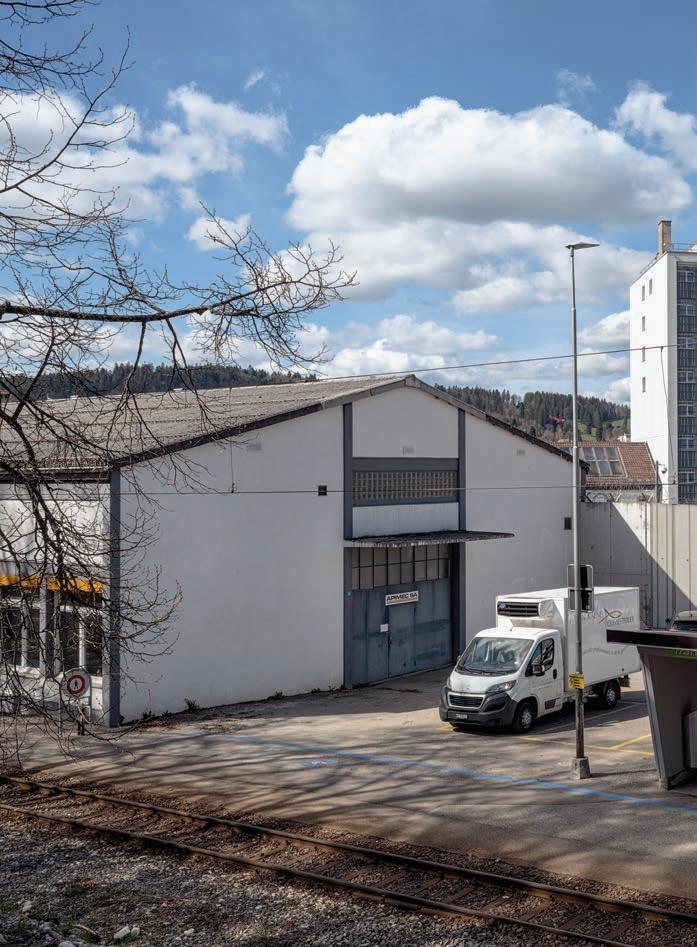
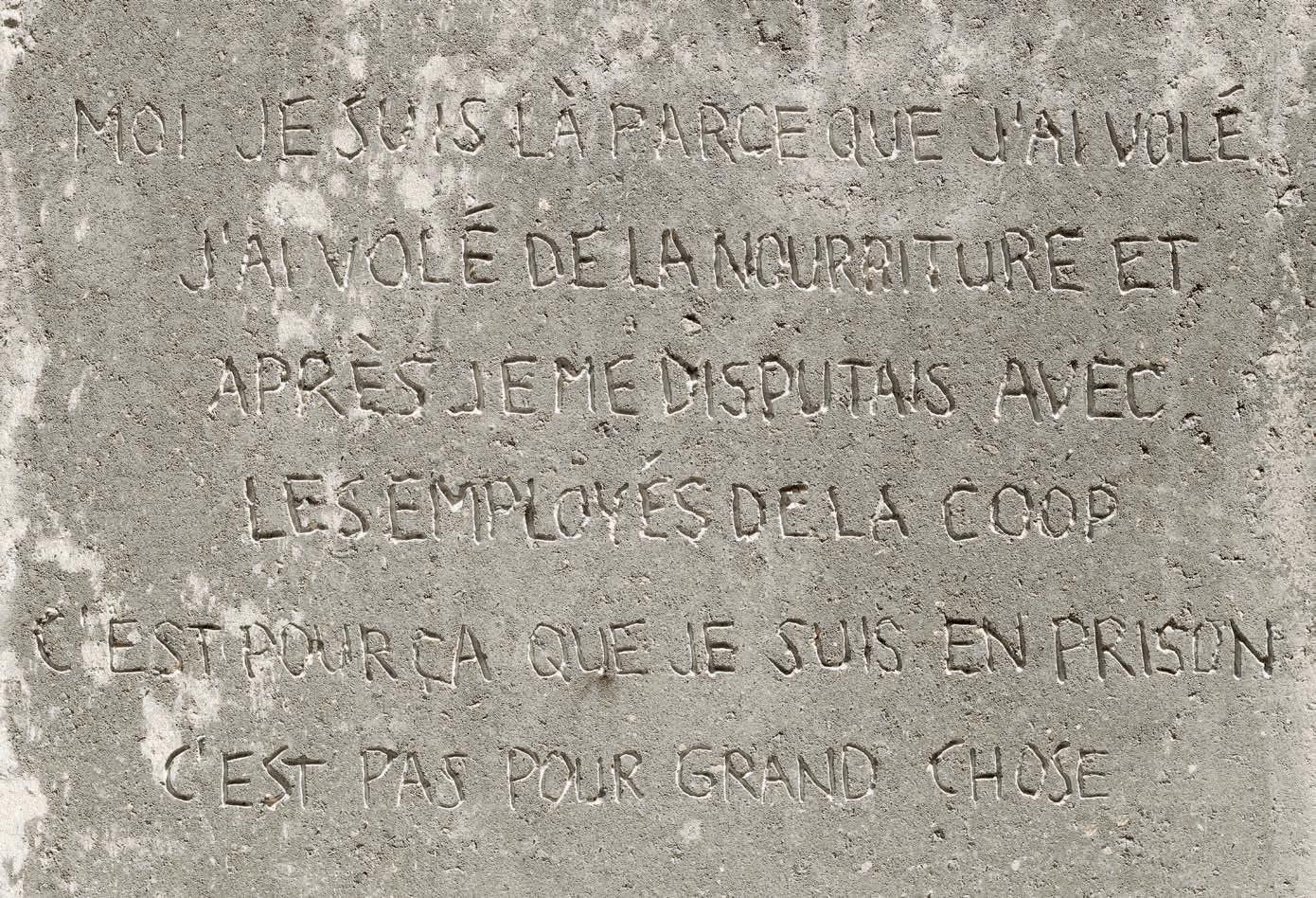
30.08.23 EXTRAIT DE CONVERSATION AVEC T. / EXCERPT OF CONVERSATION WITH T.
proches des détenu·e·s. Ces dernier·ère·s – majoritairement des femmes, à l’inverse des détenu·e·s – seront souvent contraint·e·s de trouver de nouveaux moyens de garantir leur propre subsistance, mais également de soutenir financièrement leur proche incarcéré·e. L’endettement et l’appauvrissement figurent donc parmi les conséquences attendues d’une incarcération, même de courte durée. Le risque que cette situation ne s’installe sur le long terme est également accentué par le stigmate social porté par les ancien·ne·s détenu·e·s et notamment par les difficultés à retrouver un emploi qui en découlent.
ENFERMER POURQUOI ?
L’examen des principales « populations cibles » de la pénalité, massivement surreprésentées dans le dispositif carcéral, dévoile ce que l’on est tenté d’appeler le paradoxe des prisons suisses : alors que le pays enferme relativement peu en comparaison internationale, il se révèle néanmoins particulièrement sévère vis-à-vis de certaines catégories spécifiques de la population. Cet examen montre également que le système pénal n’est pas une machine sociale inerte qui ferait de la prison le simple réceptacle d’inégalités qui lui préexistent. Au contraire, sur le plan symbolique et matériel, ces institutions produisent des effets importants de stigmatisation, de déclassement et de différenciation au sein de la société. L’analyse du ciblage social opéré par le dispositif permet ainsi d’identifier quelques-unes des fonctions extra-pénologiques de la prison et donc de discuter la « tactique générale des assujettissements » évoquée par Michel Foucault en 1975. Comme le révèle l’étude des discriminations policières et judiciaires, le fonctionnement de la pénalité en Suisse repose en partie sur un implicite racial ● 06, P. 137. En effet, comme le profilage opéré par les agent·e·s de police, les discriminations judiciaires directes et indirectes à l’encontre des immigré·e·s sans permis de séjour sont, elles aussi, tacitement raciales, puisque le critère d’exclusion sur lequel elles s’appuient – l’appartenance ou non du pays d’origine à l’espace de la blanchité occidentale – est un critère qui découle d’une première division coloniale du monde. De fait, le cumul des désavantages et l’augmentation de la punitivité à l’égard des immigré·e·s sans permis de séjour se combinent à sa baisse concomitante pour les nationaux·ales,
of Swiss prisons.” While the country imprisons relatively few people by international standards, it is nevertheless particularly harsh with regard to certain categories of the population. This examination also shows that the penal system is not an inert social machine that would make prison a mere receptacle for pre-existing inequalities. On the contrary, on a symbolic and material level, these institutions actually generate significant effects of stigmatization, downgrading, and differentiation within society. Analyzing the social targeting operated by the system thus makes it possible to identify some of the extra-penological functions of prisons and therefore to discuss the “general tactics of subjugation” mentioned by Foucault in 1975.
As a closer look at police and judicial discrimination shows, the way the penal system works in Switzerland is partly based on an implicit racial bias. ● 06, P. 137 Indeed, like the profiling carried out by police officers, direct and indirect judicial discrimination against immigrants without residence permits is also tacitly racial, since the exclusion criterion on which it is based—whether or not the country of origin is part of the sphere of Western “whiteness”—is a criterion that stems from an early colonial division of the world. In fact, the accumulation of disadvantage and the increase in punishment for immigrants without residence permits is combined with a concomitant decrease for nationals who benefit, for example, much more greatly from the introduction of “alternatives” to the execution of a sentence. It seems, therefore, as if the integration into the judicial system of a progressive, prison-critical discourse—regarding its inability to solve problems related to crime, its harmful effects on reoffending rates, on social reintegration, etc.—has only led to improvements for nationals and “regular” foreigners. Through the special treatment that the penal system continues to mete out to certain population groups, it appears to be itself a producer of inequalities, in this case based on race. By attaching an imaginary and a materiality to it, prison actively participates in reproducing race as an operative social category.
In practice, this process of racialization with its many ramifications is combined, in particular, with one related to social class. One of the most visible 17
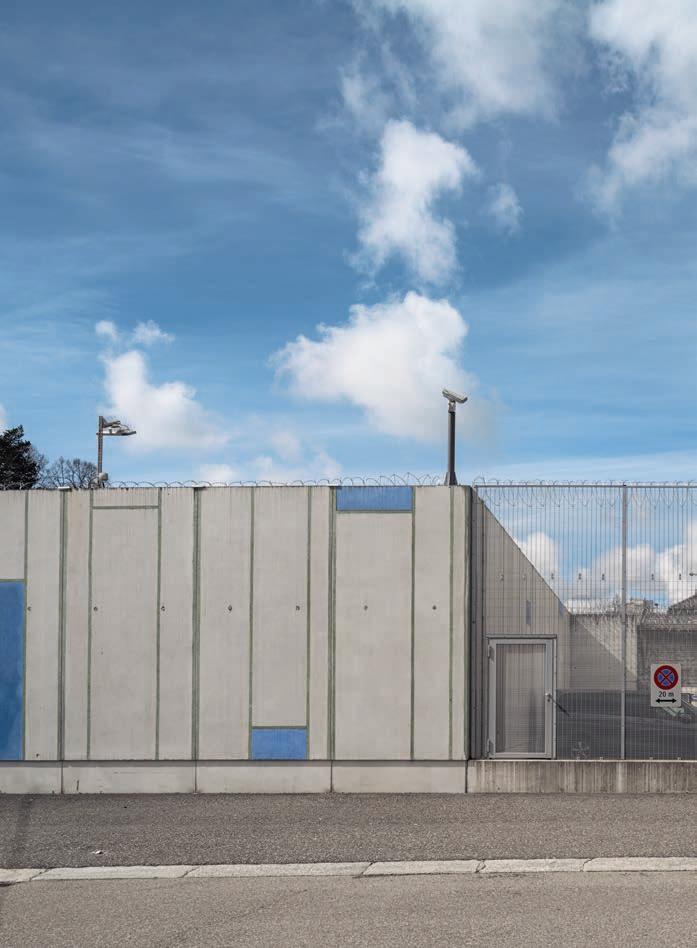
05.09.23
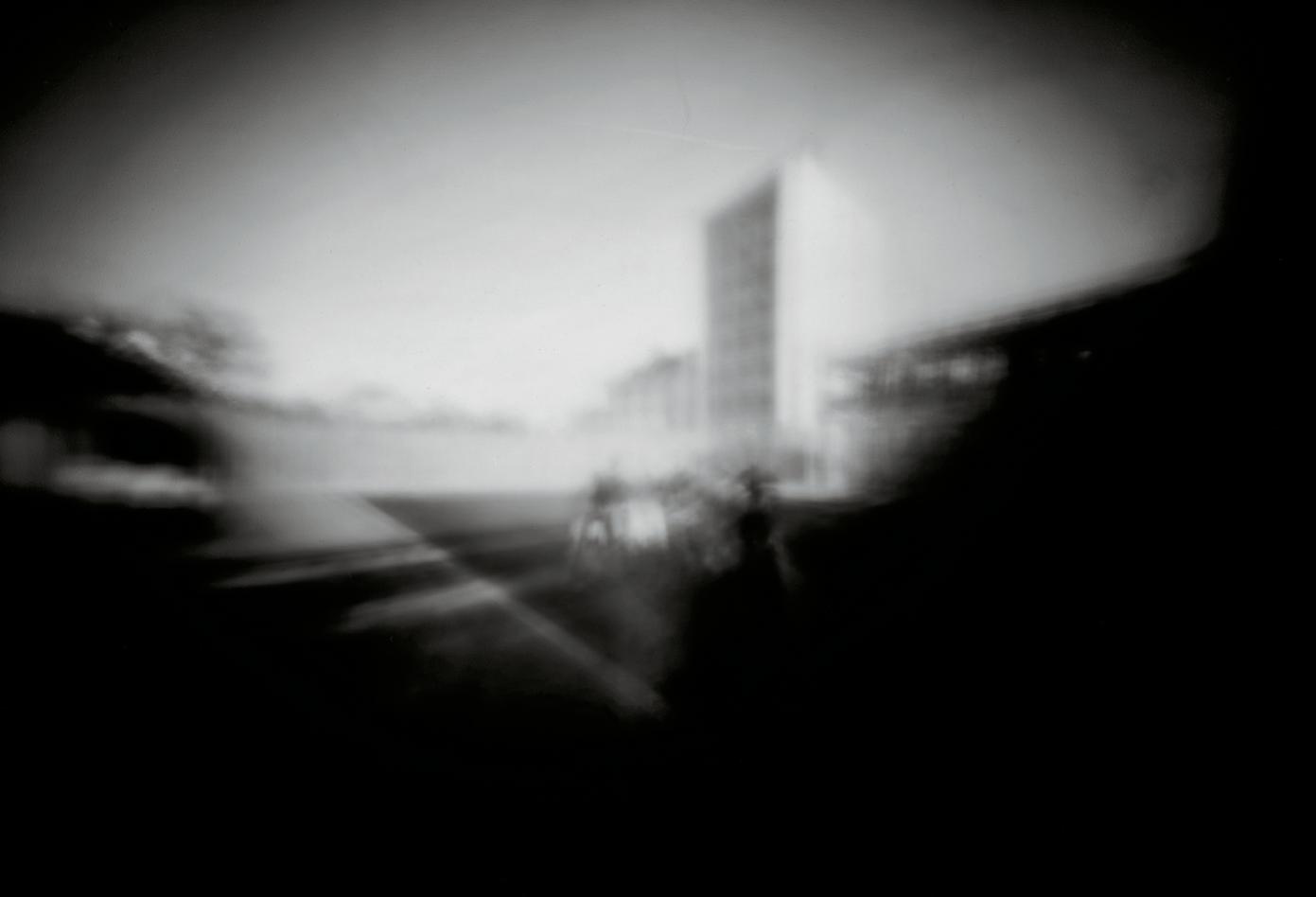
STÉNOPÉ RÉALISÉ PAR Z. / PINHOLE PHOTOGRAPH CREATED BY Z.
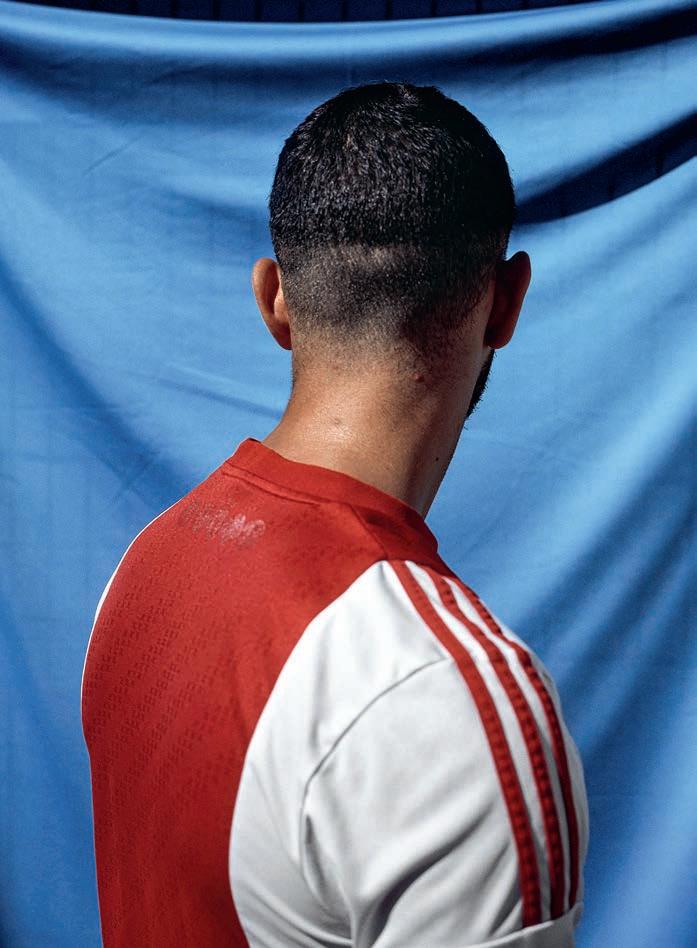
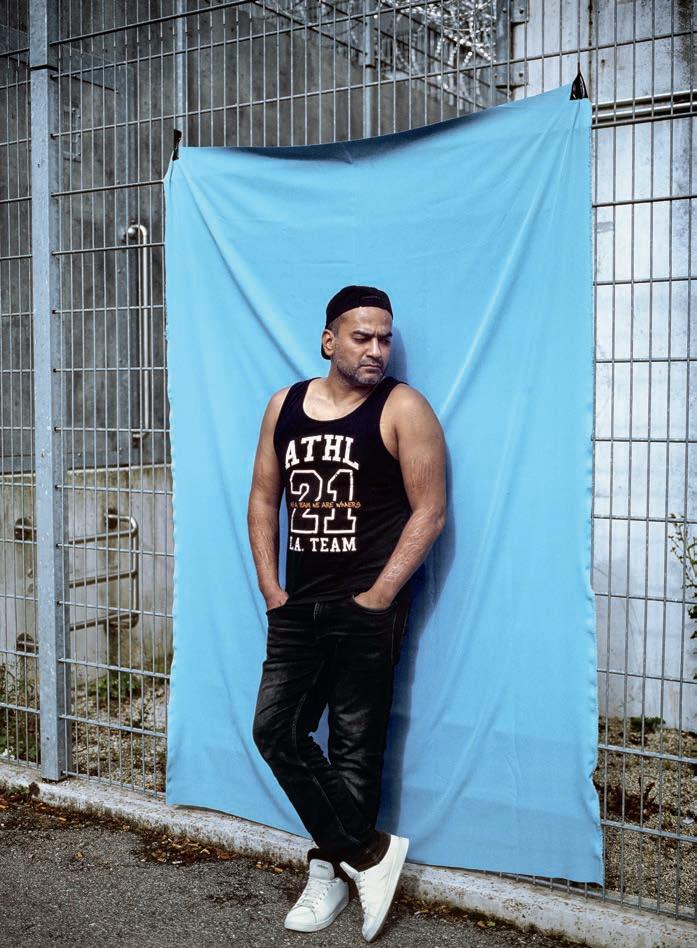


Mais il y avait également une confiance. Les personnes que j’ai rencontrées depuis le début ont, d’une manière ou d’une autre, influencé les directions que j’ai prises et la manière dont j’ai procédé dans ce travail. On peut aussi questionner cette confiance, mais j’ai trouvé un engagement politique et une capacité de critique dans ce cadre qui m’ont interpellée. J’ai sollicité le conseil de la direction, notamment sur la problématique de la rémunération des participants ; à chaque fois, le retour a été précieux. J’ai également bénéficié de la confiance que la direction m’a accordée en m’ouvrant les portes, tout en étant au clair sur l’angle critique de mon projet. C’est le directeur lui-même qui a sélectionné les premiers dossiers que j’ai pu consulter. Il m’a proposé de commencer par suivre les colloques internes et de m’immerger dans la partie administrative. Il m’avait dit au début : « C’est bien que vous ayez lu tout plein de livres et les théories importantes, comme je l’ai fait moi-même durant mes études. Mais pour comprendre la prison et comment elle fonctionne, il faut passer du temps sur place. » On ne m’a pas empêchée d’accéder aux informations. Sans cette hospitalité institutionnelle, il est impossible de réaliser ce travail.
FM Ce projet était axé depuis le départ sur ce que l’on appelle les courtes peines. Nous nous sommes longuement interrogées sur cet aspect, en nous demandant comment nommer les peines en question sans réactiver la violence chez les personnes concernées et les lecteur·rice·s. Une réaction fréquente que tu as reçue en parlant de ton intervention portait effectivement sur les peines dites lourdes, par exemple liées à la violence de genre, peines que tu as délibérément exclues de ton projet. Ta recherche faisait un état des lieux sur les liens entre le racisme systémique, les inégalités économiques et l’emprisonnement.
trust. Right from the start, the people I met, in one way or another, influenced the directions I have taken and the way I have carried this project forward. This trust could also be questioned, but I found a political commitment and a capacity for criticism in this context that challenged me. I sought the advice of the prison management, in particular when it came to remunerating the participants; each time, their response was invaluable. I also benefited from the trust that the management placed in me by opening the doors to me, whilst being clear about the critical angle of my project. It was the director himself who selected the first files for me to consult. He suggested that I start by coming to internal meetings and immersing myself in the administrative side of things. He told me at the start : “It’s good that you have read a lot of books and important theories, as I did myself during my studies. But to understand prisons and how they work, you have to spend time in them.” I was not prevented from accessing information. Without this institutional hospitality, the project would have proved impossible.
FM From the beginning, this project was focused on what are known as short sentences. We pondered this aspect at length, wondering what to call these particular sentences without reactivating violence among the people affected and the readers. When discussing the project, there was a frequent reaction to so-called heavy sentences, related to gender violence for instance—sentences that you have deliberately excluded from your project. Your research took stock of the links between systemic racism, economic inequality, and imprisonment. LR Exactly. I also asked not to meet people who were awaiting trial for heavy sentences or for types of physical violence,
J’ai aussi demandé à ne pas rencontrer des personnes qui étaient en attente de jugement de peines lourdes, ou pour d’autres types de violence corporelles, et de mesures qui demanderaient d’aborder, je pense, les contextes de la culture de la violence dans notre société. C’est la raison pour laquelle je me suis très vite désintéressée de l’Établissement d’exécution des peines de Bellevue (EEPB) ● 02, P. 137 à Gorgier, la deuxième prison du canton, qui encadre ces peines. J’ai en revanche souhaité collaborer avec des personnes en exécution de courtes peines, ou en exécution anticipée de peines, notamment à cause d’infractions contre le patrimoine, d’exécution de contraventions, de la rupture de ban, de violations des lois sur les étrangers et l’intégration, ou de celles sur les stupéfiants ● 03, P. 137. L’EDPR est la seule prison de détention avant jugement sur Neuchâtel. Les personnes en DAJ 1 ● 04, P. 137 y sont enfermées 23 h/24 h en cellule individuelle et disposent d’une seule heure de promenade par jour. Il y a également des personnes en exécution anticipée de peine qui ont accepté les faits reprochés avant le jugement afin d’obtenir de meilleures conditions de détention. Et d’autres encore qui s’y trouvent pour une courte peine, généralement d’un jour à un an, ou qui commencent leur peine en attente d’un transfert.
FM J’ai, par le passé, été confrontée à une situation de conflit au sujet d’une œuvre d’art prévue pour une prison. La communauté vivant à proximité ne comprenait pas pourquoi l’argent public était investi pour créer une œuvre d’art dans cet établissement, et pas ailleurs. La prison est un espace public particulier – il est public parce qu’il émane d’une volonté politique, mais il est, comme tu l’as mentionné, inaccessible. Je me demandais quel était, selon toi, leur besoin d’accueillir ton projet artistique en prison.
and measures that would, I think, call for the contexts of the culture of violence in our society to be addressed. This is why I very quickly lost interest in the Etablissement d’exécution des peines de Bellevue (EEPB) ● 02, P. 137 in Gorgier, the second-largest prison in the Canton, which oversees these sorts of sentences. On the other hand, I wanted to collaborate with people serving short sentences or in the early execution of sentences particularly related to offences against property, the execution of fines, the breaking of bans, violations of the laws on foreigners and integration, and drug-related crimes. ● 03, P. 137 The EDPR is the only pre-trial detention prison in Neuchâtel. People in DAJ 1 ● 04, P. 137 are locked up there 23 hours a day in individual cells and are only allowed one hour of walking per day. There are also people in the early stages of their sentences who have accepted early execution before their trials in order to obtain better conditions of detention. Then there are others who are there for short sentences, usually ranging from one day to one year, or who start serving their sentence while awaiting a transfer.
FM I have previously been faced with a conflict concerning a work of art intended for a prison. The community living nearby did not understand why public funds were being invested in creating a work of art in this establishment, and not elsewhere. Prison is a particular sort of public space—it is public because it stems from political will, but it is, as you pointed out, inaccessible. I’ve been wondering what you think the prison had to gain by hosting your artistic project.
LR My impression was that the management could see the purpose of the project. I remember one day, when we were discussing the ethical necessity of compensating the 97 5/14






